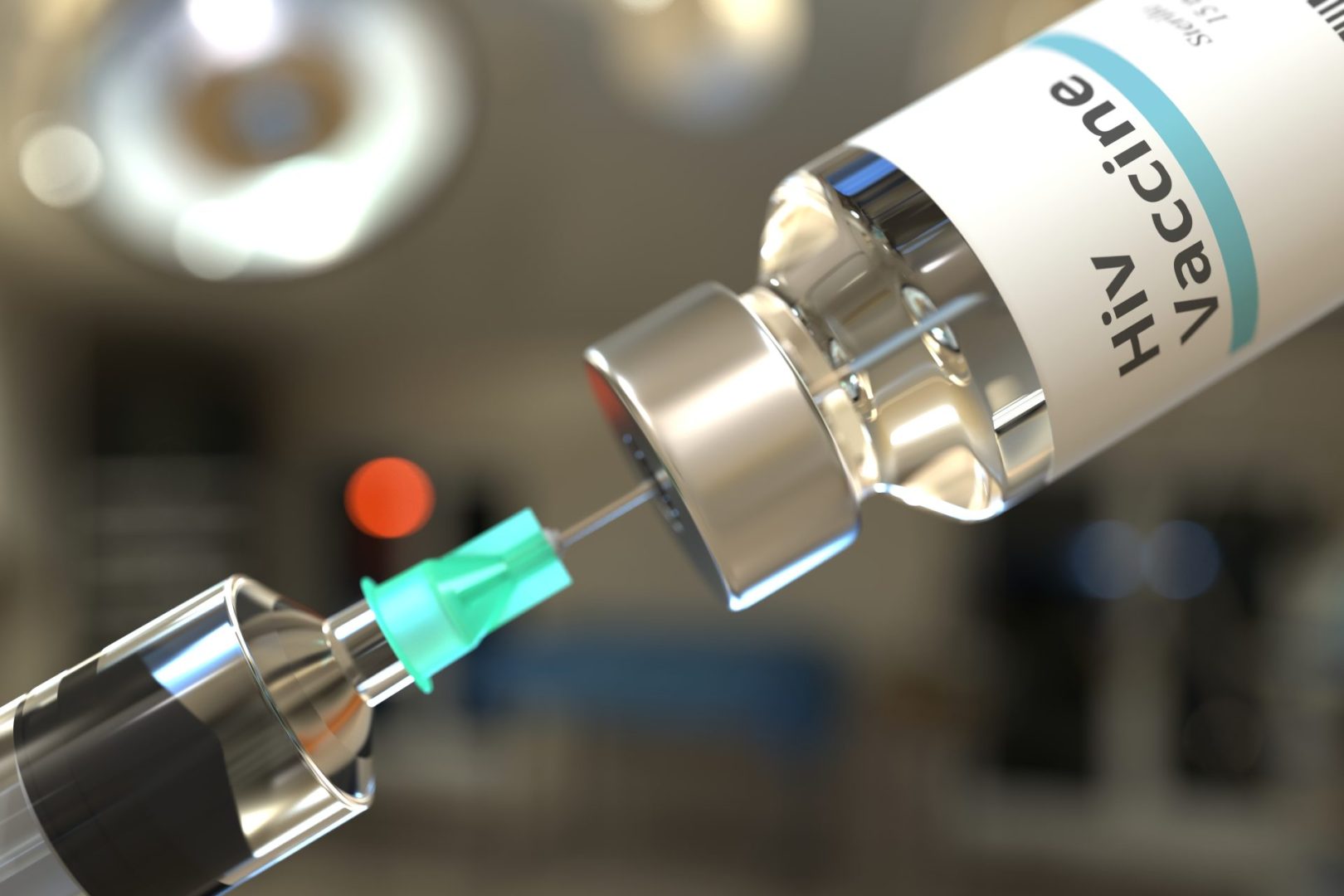Remember when an HIV diagnosis felt like a death sentence? Those days are gone. Modern medicine has transformed HIV from a fatal disease to a manageable chronic condition. But there’s a catch that doesn’t make headlines. The timing of your diagnosis can dramatically shape your entire journey with HIV. Early detection isn’t just helpful. It might be the most critical factor in determining your quality of life for decades to come.
The invisible window that matters most
HIV operates like a silent invader. It can live in your body for years without triggering noticeable symptoms. During this quiet phase, the virus isn’t sleeping. It’s actively damaging your immune system, cell by cell, creating a head start that becomes increasingly difficult to overcome.
This creates a critical window of opportunity. Catch HIV early, and you can start treatment before significant damage occurs. Miss that window, and you’re playing an uphill battle against a virus that’s already established strongholds throughout your immune system.
Most people discover their HIV status in one of three scenarios. The proactive person gets regular testing as part of routine healthcare. The symptomatic person seeks medical care after developing concerning symptoms. The crisis patient learns their status after landing in the hospital with a serious opportunistic infection. The difference between these scenarios can literally add decades to your life.
The numbers that tell the story
Let’s talk real numbers. Without treatment, HIV typically progresses to AIDS within 8-10 years after infection. Once AIDS develops, life expectancy without treatment drops to about 3 years.
Compare that with early detection and treatment. People who start HIV treatment early, before their immune system takes significant damage, can now expect to live nearly as long as people without HIV. We’re talking about a potential difference of 30-40 years of life.
But longevity only tells part of the story. Quality of life matters too. People diagnosed early typically experience:
Fewer complications: When treatment begins before the immune system weakens significantly, the risk of developing opportunistic infections drops dramatically.
Better treatment response: An earlier start to treatment generally means better viral suppression and immune recovery.
Reduced inflammation: HIV causes chronic inflammation throughout the body. Early treatment minimizes this effect, potentially reducing long-term damage to organs.
Lower transmission risk: People on effective HIV treatment with an undetectable viral load can’t transmit the virus to sexual partners, a concept known as U=U.
Beyond the individual, a public health game-changer
Early detection doesn’t just transform individual outcomes. It’s reshaping the entire HIV epidemic. When people learn their status early and start treatment, their viral load drops to undetectable levels. At this point, they can’t transmit the virus to others.
This creates a powerful ripple effect. Each person diagnosed early and treated effectively essentially exits the transmission chain. They remain sexually active but no longer contribute to spreading the virus. This concept, treatment as prevention, has become a cornerstone of modern HIV control strategies.
Communities that have successfully implemented widespread testing and immediate treatment have seen dramatic drops in new HIV cases. It’s not just about saving the lives of those already infected. It’s about preventing future infections entirely.
The test that changed everything
HIV testing has evolved dramatically since the early days of the epidemic. Gone are the anxiety-filled weeks waiting for results. Today’s rapid tests can provide results in as little as 20 minutes. Home testing kits bring this technology right to your bathroom, with the same accuracy as many clinic-based tests.
Even more revolutionary are fourth-generation HIV tests that can detect infection earlier than ever before. These tests look for both HIV antibodies and the p24 antigen, a viral protein present during early infection. This combination can identify HIV as soon as 2-3 weeks after exposure, closing the “window period” when traditional antibody-only tests might miss a new infection.
Beyond blood tests: Testing now extends beyond traditional blood draws. Oral swabs collect fluid from your gums. Finger-prick tests need just a drop of blood. Some clinics even offer testing through urine samples.
Self-testing revolution: FDA-approved home HIV tests allow people to check their status privately, removing barriers for those uncomfortable with clinic visits.
Free testing accessibility: Most cities offer free HIV testing through public health departments, community organizations, and special events, eliminating cost barriers.
When to get tested, a simple answer
The CDC recommends everyone between 13 and 64 get tested for HIV at least once as part of routine healthcare. For those with risk factors, testing should happen more frequently.
The simplest guideline? If you’re sexually active, make HIV testing part of your regular health routine. Many healthcare providers recommend annual testing for sexually active adults, with more frequent testing for those with multiple partners or other risk factors.
If you’ve had a potential exposure, don’t wait for your annual checkup. Modern tests can detect HIV within 2-4 weeks after infection. Getting tested immediately after exposure won’t be conclusive, but testing at 4 weeks, and again at 3 months if needed, can provide reliable results.
What happens after a positive test
Learning you have HIV can feel overwhelming. But the medical journey that follows has been streamlined and improved over decades of experience.
Immediate connection to care: Most testing facilities have protocols to connect newly diagnosed individuals directly to HIV specialists, often scheduling appointments within days.
Baseline health assessment: Your healthcare provider will run various tests to assess your overall health and the status of your immune system, particularly your CD4 count and viral load.
Starting treatment quickly: Current guidelines recommend starting antiretroviral therapy immediately after diagnosis, regardless of CD4 count or viral load.
Simplified medication regimens: Many people now take just one pill once a day, combining multiple medications in a single tablet with minimal side effects.
Support systems activation: Case managers, support groups, mental health services, and other resources help address the emotional and practical aspects of living with HIV.
The emotional side nobody talks about enough
While the medical aspects of early HIV detection get much attention, the psychological benefits deserve equal consideration. People diagnosed early often have a different emotional experience than those diagnosed late with advanced disease.
- Empowerment vs. crisis: Early diagnosis often feels empowering. You’re taking control before the virus causes significant damage. Late diagnosis frequently occurs during a health crisis, adding trauma to an already difficult situation.
- Less medical trauma: Those diagnosed early typically avoid the intensive hospitalizations and treatments often needed for AIDS-related complications.
- Identity preservation: Starting treatment before symptoms develop helps maintain your sense of health and wellness, rather than rebuilding it after illness.
- Future planning confidence: Early diagnosis and treatment provide the confidence to make long-term plans, whether for careers, relationships, or families.
Making early detection the new normal
We have the tools to detect HIV earlier than ever before. What we need now is the cultural shift that makes regular testing as normal as checking your blood pressure or getting a flu shot.
The communities most successful at early HIV detection have removed both practical and psychological barriers to testing. They’ve made testing convenient, affordable, and stigma-free. They’ve normalized conversations about sexual health and created environments where asking for an HIV test feels as routine as any other health service.
The science is clear. Finding HIV early makes an enormous difference in treatment outcomes, quality of life, and preventing further transmission. The challenge now isn’t medical. It’s about changing how we think about HIV testing, moving it from something done in response to worry or symptoms to a routine part of taking care of your health.
When we achieve that shift, we’ll not only transform individual lives but potentially end the HIV epidemic entirely. And that’s a future worth working toward.















